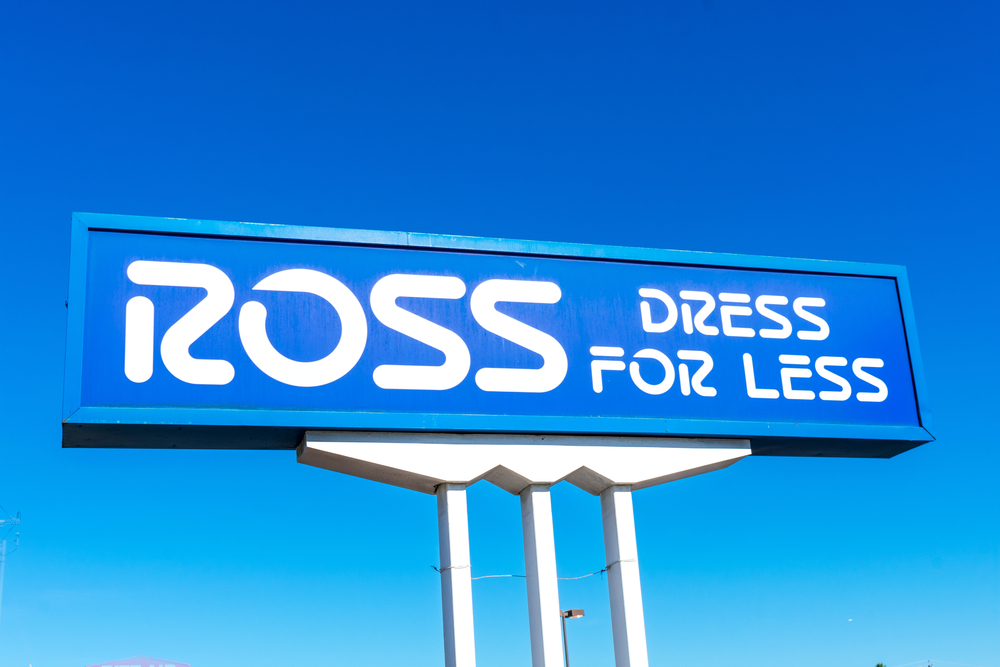What is a pylon sign? Pylon signs are the biggest and brightest signs on any urban horizon. As such, the building of a pylon sign represents a major investment. As such, those who buy a pylon sign need to consider the factor of longevity. A sign like this will require maintenance and repair from time to time, and it’s hard to say just how often that will be needed. And so, since we can’t give you a definite lifespan, let’s discuss the various factors that affect a pylon signs’ longevity.
1. Weather
When speaking about outdoor signs and their longevity, it is obvious that weather will be the biggest factor. Climates differ greatly from place to place, but we can see certain trends. For instance, areas with greater average wind speed tend to put more strain on a tall pylon sign. Because wind speed increases with altitude, the strain at the top of the sign will always be greatest.
Rain and sun can also play a role in degrading a pylon sign. The sun can cause vinyl or acrylic signs to lose their color, and the rain can have a similar effect. Excessive rain and humidity can also make the metal base of the sign more vulnerable to rust. If the steel is not particularly well-protected, this kind of thing can cause catastrophic failures in humid climates.
2. Pollution
You’ve probably heard of the phenomenon known as acid rain. Through the introduction of pollutants, rain and other forms of precipitation become acidic. This causes a lot of damage to structures and makes the water toxic over time. Naturally, signs are also affected by this kind of thing. Even if you don’t get a lot of rain, the morning dew can be just as acidic if you are operating in a polluted area. Thankfully, most areas are not polluted enough for this to be a major concern. If you live in an area that is bad enough for this to be a significant risk, you probably know it already.
3. Steel
A pylon sign that is made of weak material can be a serious hazard to the surrounding area, so it should always be made of the sturdiest materials. In most cases, the “stem” of the sign is made from thick, interconnected, telescoping pieces of steel. They are widest at the base and become thinner at the top. The quality of the steel is very important here, and you don’t necessarily want the hardest steel available.
You see, excessively hard steels are more likely to crack. As with glass, their extreme hardness leads to brittleness. At the same time, softer steel might bend under extreme weight. As such, you want something that is neither too hard nor too soft. This might be the hardest part of pylon sign design.
The coating of the steel is equally important. Without some kind of enamel or another coating, steel is very vulnerable to corrosion (as are all ferrous metals). When that coating is gone, your steel will begin to be eaten away. As such, the thickness and strength of that coating will play a big role in determining the lifespan of your pylon sign.
4. The Cabinet
Having discussed the steel support structure, let’s talk about the sign itself. This will normally be a large lighted cabinet displaying the name of your business. Any necessary wiring will be run through the center of the pylon and connected to a plug or other form of outlet. And so, you need to think about the quality of the lights, the frame, and the vinyl/acrylic faceplates.
Large LED lights are obviously the best choice here unless you feel like scaling the sign to replace a bulb every so often. To be honest, you would probably hire someone to do that, but it’s still a pain. As such, you want a high-quality LED pylon sign with as many lumens as possible. As for the frame, it is probably made of steel or aluminum. As such, it simply needs to be made from high-quality metal, and it also needs to be well-reinforced at all corners and junctions.
As for the faceplates, it is important to understand that not all of these plastics are created equal. All of them might seem equal at first, but there will be a serious difference in their longevity. In general, PVC (polyvinyl chloride) plastics tend to fare the best. Standard “calendared” PVC isn’t bad and it’s one of the cheaper options as well. However, those who are dealing with extreme weather conditions (of any type) would do better to go with a cast PVC sign. These have a lifespan of up to 12 years before they begin to fade or crack. Most other materials will last anywhere from 2 to 5 years, so cast PVC seems to offer the greatest longevity.
5. Colors
As we mentioned earlier, the weather can cause a pylon sign to fade with time. Once its colors fade, it just doesn’t have the same effectiveness. This can be caused by many things, like sun, rain, snow, ice, and basically all other bad weather. There are several things that influence this process.
First of all, the quality of your paint matters a lot. Secondly, your choice of colors will also play a role. It seems that red and other bright colors will fade long before earthy colors like brown, beige, and dark green. Thus, a sign decorated with extremely bright colors will naturally need to be replaced more often than one made with dark colors. This creates a quandary because bright colors are more noticeable, so balance these needs as best you can.
Conclusion
These five factors cover most of the things that will affect your pylon signs’ longevity. However, there is always the chance of an unexpected factor that is unique to your area. If you would like to know more, you can always call Tupp Signs at 302-322-1600.


